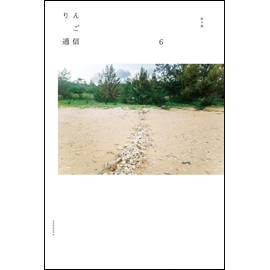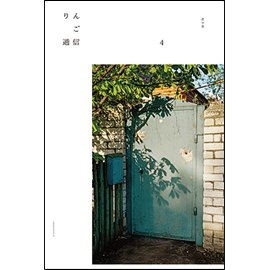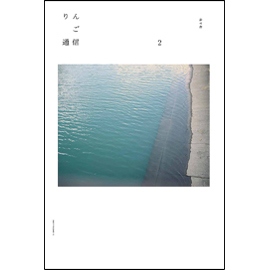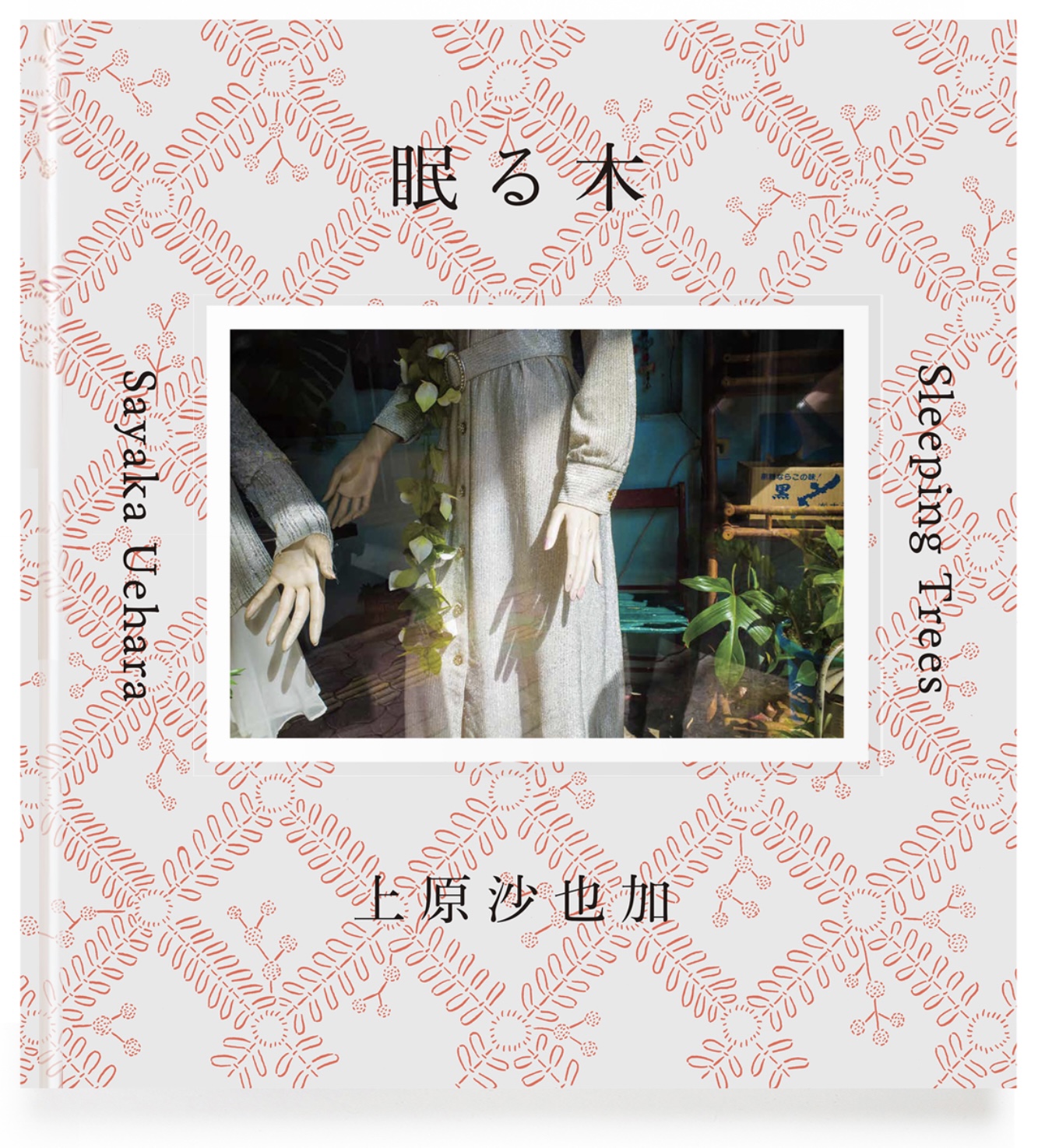
上原沙也加『眠る木』
発行:赤々舎 Size: H219mm × W205mm Page:160 pages Binding:Hardcover Published in December 2022 ISBN:978-4-86541-159-1 |
¥ 4,500+tax
国内送料無料!
|
|---|
About Book
見慣れたはずの風景の細部のなかに、いく層にも折り重なっていること。
Sleeping Trees
Sayaka Uehara
"Walking through the city, there are times that I feel as if I am the one being stared at by the objects around me, capturing my attention. Ordinary residential areas and restaurants, hanging laundry, posters, graves, Japanese flags, mannequins. Various things that people have left behind. Ashtrays and flowerpots, who can only tell us that someone was definitely there but now is here no longer, rapidly reveal the silhouettes of these people. As if doing as I am told with a slight feeling of unease, I quietly pull out my camera and take photographs. Looking at what is fixed in the photographs, what can be seen is still only a modest record of what has been captured. However, in the details of a supposedly familiar landscape, one discovers layers upon layers of brutal traces of the past, a history of political choices and division being constantly imposed on the inhabitants, and various symbols and images. A photograph is always presented as a small fragment before it becomes a part of a collective. There is nothing in a photograph that cannot be seen by the eye. I cannot help but think that within each photo there are multiple connecting pathways to the time when these events occurred. It is like the time I spent visiting a place, or like making eye contact with someone whose face and name I do not know. Or like the fact that there were days that trickled by in that place like small grains, similar to what I am living right now. It quietly demonstrates that the landscape, as well as you and I who are looking at it, will also disappear someday. Yet, no matter how many times the landscape is repainted, the scars that grazed this place will never disappear, no matter how much they are wiped or scrubbed at, and they will continue to stand there firmly and motionlessly in silence. Deeply ingrained memories are always wavering between the open gap between objects."
Exracted from the afterwords
by Sayaka Uehara
"Uehara was born in 1993 in Tomigusuku City, south of Naha on Okinawa Island. She grew up and remained in Okinawa until the end of high school, after which she went on to enter the photography program at Tokyo Zokei University, where she took on the mak- ing of her photo series In the White Season as her graduation exhibition. Following the creation of this project, she returned to Okinawa in 2016 and transformed this work into another series, The Others the present series presents a brief history of Sayaka Uehara's 29 years of life in raw time fast-forwarded at ultra-high speed. During these moments when the surge of emotions that resurface with each piece in Sleeping Trees intersects with Uehara's bi- ographical profile that has been compressed into 1/29th of a whole, we come to notice that there are two connecting points in this in- tersection.
What exactly are these two connecting points? One is that of being exposed to an excessively othering gaze when leaving Okinawa and living in an unfamiliar land. It could be considered as a kind of force is drawn to the land known as Okinawa, a land that has experienced repeated yuugawai and border changes. This concentrated and excessive gaze, which was a common expe- rience among other photographers who have left a particularly lasting impression on the profession such as Yasuo Higa, Takashi Ishi- mine, Koshichi Taira, and Kenshichi Hira- shiki, has tried to enclose these figures and their work in a sort of cliché. Sayaka Uehara's case is not quite as blatant as those of these other photographers, but she nonetheless un- doubtedly feels troubled by the proliferation of mass-produced and deformed images of Okinawa in the post "reversion" era. In con- trast to the dark and heavy "Okinawa as an issue" mentality of the previous generation, these new images are created from a brightly colored touristic perspective that has been solidified as the symbolic and mass image of Okinawa and could be said to be a political variant of the aforementioned gaze.
The other is the paradoxical experience of being drawn back to Okinawa precisely because one has left. This is what drove Uehara to create The Others. This drive produced the urge to present an Okinawa that differs from the rhetorical Okinawa, which led Uehara to uncover the discovery of diffracted and plu- ralized "color" and the day-to-day continuous flow of "time." [...]
It also differs slightly from what Sho- mei Tomatsu once referred to as "light that surrounds even the shadows" in The Shining Wind: Okinawa. Rather than dividing light and shadow, Uehara contours the space between light and shadow, weaving shadows with- in light and light within shadows, and it is precisely this class of New Color that marks a new page in the history of Okinawan photography.[...]
It would not be far from the point to say that in Sleeping Trees the photos are akin to drawing tools used to touch up and improve upon the succession of the stories of the previous gen- eration. The murmuring and twinkling in the foundation of several elements such as "mem- ory," "history," and "experience" are translat- ed into poetry of the lens, as if the white lead tree that took root in this land and flourished overabundantly over a long period of time has transformed into a "sleeping tree" at the end of its overgrowth. [...]
It is not a bare drawing like that which ties together light to shadow, object to object, color to color, or here to yonder, but rather a storytelling method that composes itself into causality from quietly permeating shadowy images. There is an insight that ten- derly forms images from the remnants and afterglows crossing over the interior of the landscape. It is in the "here" and "now" and invites you to go along "somewhere."
Sleeping Trees reminds us that photography is a medium that weaves sorrow and loneli- ness, and also that photographs represent a journey. Sayaka Uehara's New Color poetics expressed through street optics, which fine- tune the "in-between" of subtropical light and color, will bring a fresh and new experi- ence to the viewpoints of those who explore the pages of this photo book."
Exracted from the text
"Street Poetics ----The Ideology of a National Loneliness though New Color Photography"
Isao Nakazato
Related Exhibiton
上原沙也加「眠る木」 会期:2022年12月13日(火)~12月26日(月) 時間:10:30~18:30(最終日15時まで、日休み) 会場:ニコンサロン(東京都新宿区西新宿1-6-1 新宿エルタワー28F) 【トークイベント】 「見えるものと見ることができないもの」 出演:上原沙也加 × 柴崎友香 × 北野謙 日時:2022年12月17日(土)16:00~ 定員:20名(先着順)、参加無料 ----------------------------------------------------------------------------- 上原沙也加「眠る木」 会期:2022年12月3日(土)~12月29日(木) 時間:13:00〜19:00(無休) 会場: Foto Space Reago(沖縄県那覇市牧志2-7-18-3F) 入場:500円 【トークイベント1】 「写真を編むこと」 出演:上原沙也加、仲里効(映像批評家)、姫野希美(赤々舎)、髙橋健太郎(写真家) 日時:12月18日(日)17:00〜 入場:1,000 円 ※オンライン配信あり 【トークイベント2】 「沖縄 で/から 語ること」 出演:上原沙也加、オーガニックゆうき(小説家)、福地リコ(映画監督)、元山仁士郎(アクティビスト・ 研究者)、安里琉太(俳人)、林立騎(翻訳家) 日時:12月24日(土) 16:00〜 入場:1,000 円 ※オンライン配信あり |
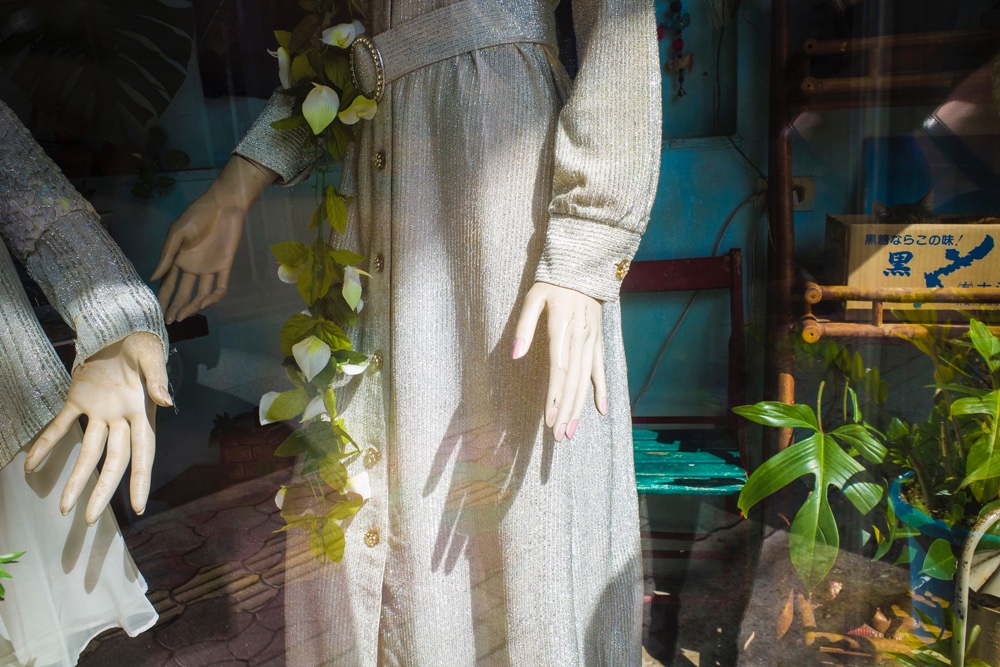

|
Artist Information
上原沙也加
1993年沖縄県生まれ。写真家。2016年、東京造形大学卒業。同年、消費の対象として作り上げられた「沖縄」の記号的解釈による既存のイメージではなく、誰かの生活の延長線上にある地続きの場としての沖縄の日常の風景を捉えようとしたシリーズ「白い季節」を発表。2019年、写真プロジェクト「沖縄写真タイフーン〈北から 南から〉」に選ばれ、東京・沖縄の二会場にて展覧会「The Others」を開催(キヤノンオープンギャラリー 1、INTERFACE - Shomei Tomatsu Lab.)。風景のなかに立ち現れる記憶や傷跡、場所が保持している時間の層の断面を捉えようと試みる一連の写真を展示した。 2020年、同作で第36回写真の町 東川賞新人作家賞受賞。2021年、 シリーズの続篇となる「The Others 2020-2021」展を開催 (IG Photo Gallery)。
Sayaka Uehara
Born in Okinawa in 1993. Graduated from Tokyo Zokei University in 2016. Received Zokei Award 2015 for her graduation work "White Season" in which she tried to capture Okinawan everyday scenery as an extension of someone's life, not the existing Okinawa image by symbolic interpretation as something to be consumed. Went back to Okinawa and continued shooting after graduation.In 2019, Chosen to "Okinawa Photography Typhoon: From North From South", project to discover and present young photographers by PHOTONESIA OKINAWA, and she had an exhibition "The Others" both in Okinawa and Tokyo (Canon Open Gallery1, INTERFACE-Shomei Tomatsu Lab.,). The exhibition projected the moments that accidentally touched someone's time in familiar landscape and the history and problems of Okinawa lying in even very small living spaces, which including memories and scars appear in landscape, as well as a cross-section of the layers of time that a place holds. In 2020, she won The 36th Higashikawa Awards for The New Photographer for the same work, and in 2021, she held the exhibition "The Others 2020-2021," a continuation of the series (IG Photo Gallery).
Related Items
|
|
(out of stock) |
(out of stock) |
|---|

